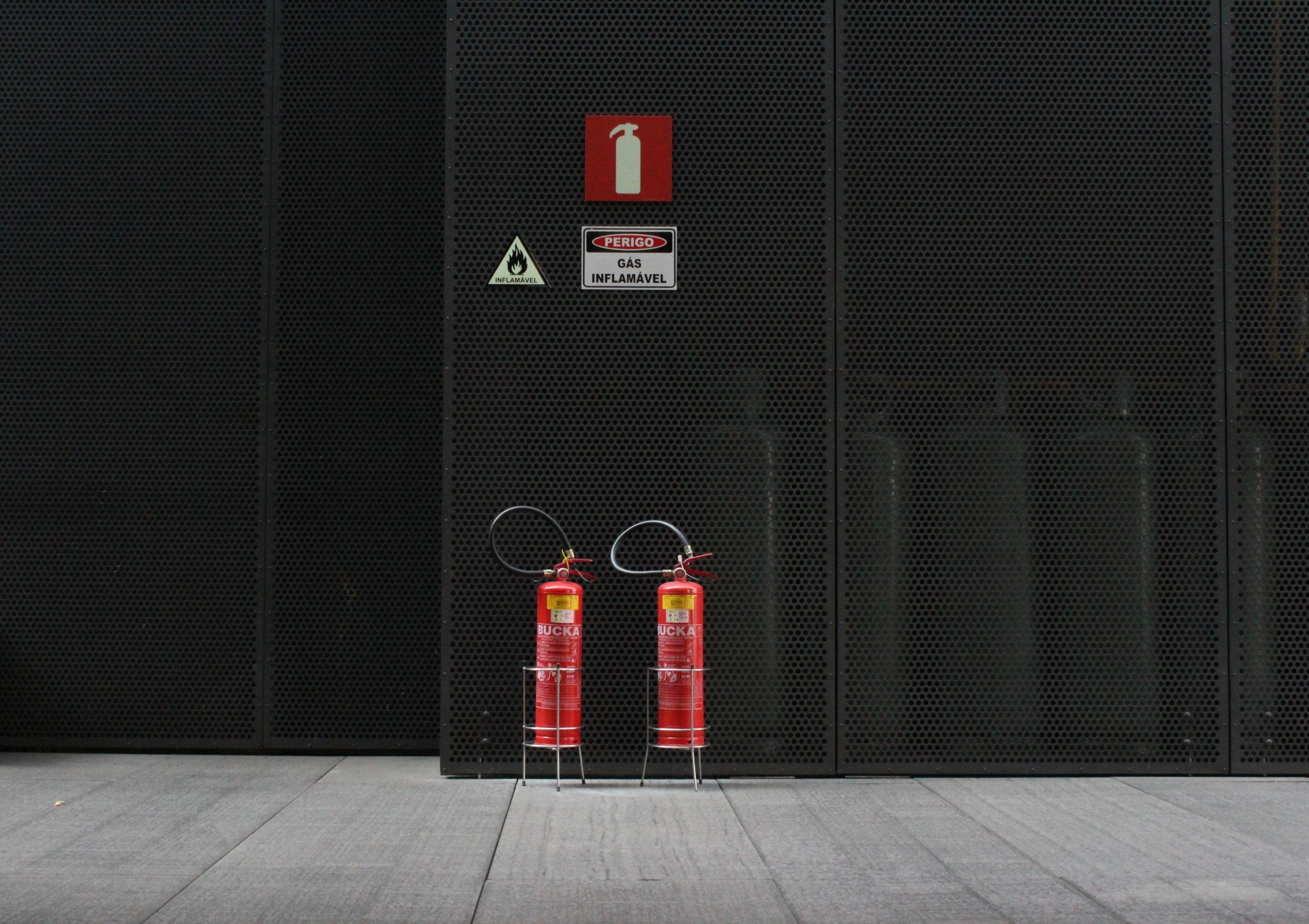Sydney’s fire safety rules are more than a simple checklist. The Annual Fire Safety Statement, also known as AFSS is the center of this system. The document not only is compliant with all legal requirements, it additionally demonstrates the homeowner’s commitment to security and accountability. Alongside the Fire Safety Certificate, the AFSS is the foundation of a system designed to ensure the safety of occupants in buildings, reassures insurers, and assures councils of the structures of their city.

Why is there an Annual Fire Safety Statement
It was never intended to be a piece of paper just for the sake it. The requirement was developed because no matter how great a fire protection system is made, it will only function if it’s regularly checked, maintained, and certified. It may seem that a sprinkler installed just a decade ago is operating well, but it won’t work in an emergency if the system hasn’t been examined.
The AFSS demands that owners prove, once every twelve months, that all fire safety measures within their home, from alarms, hydrants and lighting at the exits — still meet the standards originally set out by the Building Code of Australia (BCA). The AFSS does not just serve as an inspection, it is a publicly-proclaimed declaration of the security and resilience of the building in the event of a major fire.
The distinction between AFSS Certificates and Fire Safety Certificates
The Fire Safety Certificate and the Annual Statement can be misunderstood by homeowners, but they have distinct functions. The certificate is given after the installation has been completed or major upgrades have been completed. It is a proof that the new measures meet regulations before the building or tenancy is allowed to be utilized. The AFSS On the other is a different matter. The AFSS has a continual obligation to demonstrate that the identical systems continue to meet the requirements each year after installation.
Together, they make up an encapsulation cycle that confirm that the safety systems are installed correctly, while annual statements verify that the safety systems are maintained for the duration of the building. If you fail to take care of any of these steps will break the whole chain.
The Building Owner’s Responsibilities
One of the distinct features of the AFSS procedure in New South Wales is that it places ultimate responsibility on the property’s owner. The AFSS doesn’t have a hierarchy of defects as opposed to other forms where they can be classified as minor or serious. If one step is not successful the whole document will be ineffective.
Owners are required to be proactive. They must organize inspections, employ qualified professionals, plan repairs, and register documents with council–all while meeting strict deadlines. For strata and commercial landlords, this means that they must coordinate with each other. committees, this also includes coordinating between tenants, contractors, and insurers. While it isn’t easy, this system is intended to guarantee that security is not threatened or delayed.
The Impact of the Broader AFSS in Sydney
The AFSS isn’t just about compliance with the law. It also has wider implications. Tenants typically inquire about the latest safety declaration of a building when deciding if they want to lease the space, and insurance companies often require a copy before finalizing the coverage. A current Annual Fire Safety Statement can influence the value of the property tenants’ confidence in the building and even insurance premiums.
It provides councils with reassurance of the regular monitoring of thousands buildings in Sydney. This means that fire officials are more confident about the ability of the system to operate during emergency situations. This reduces risks for both firefighters and occupants. The AFSS doesn’t just concern safeguarding buildings. It is also about making the city safer as a whole.
Conclusion: AFSS is a Standard of Trust
The Annual fire safety statement Sydney requirement may appear to be a formal hurdle however, in reality, it’s a mark of trust. The statement shows that the safety of your home isn’t just left to chance. It proves the dependability of the equipment as well as that the those who own the building are responsible to ensure the security of their inhabitants. When paired with a fire safety certificate, it completes a system that verifies both the installation and the ongoing performance of critical safety measures.
The lessons for property owners are clear: AFSS is much more than a simple deadline. It’s an investment in security as well as accountability and trust in the community. This makes the AFSS an essential part of Sydney’s fast-growing urban landscape, where many rely on a safe and well-constructed buildings.



